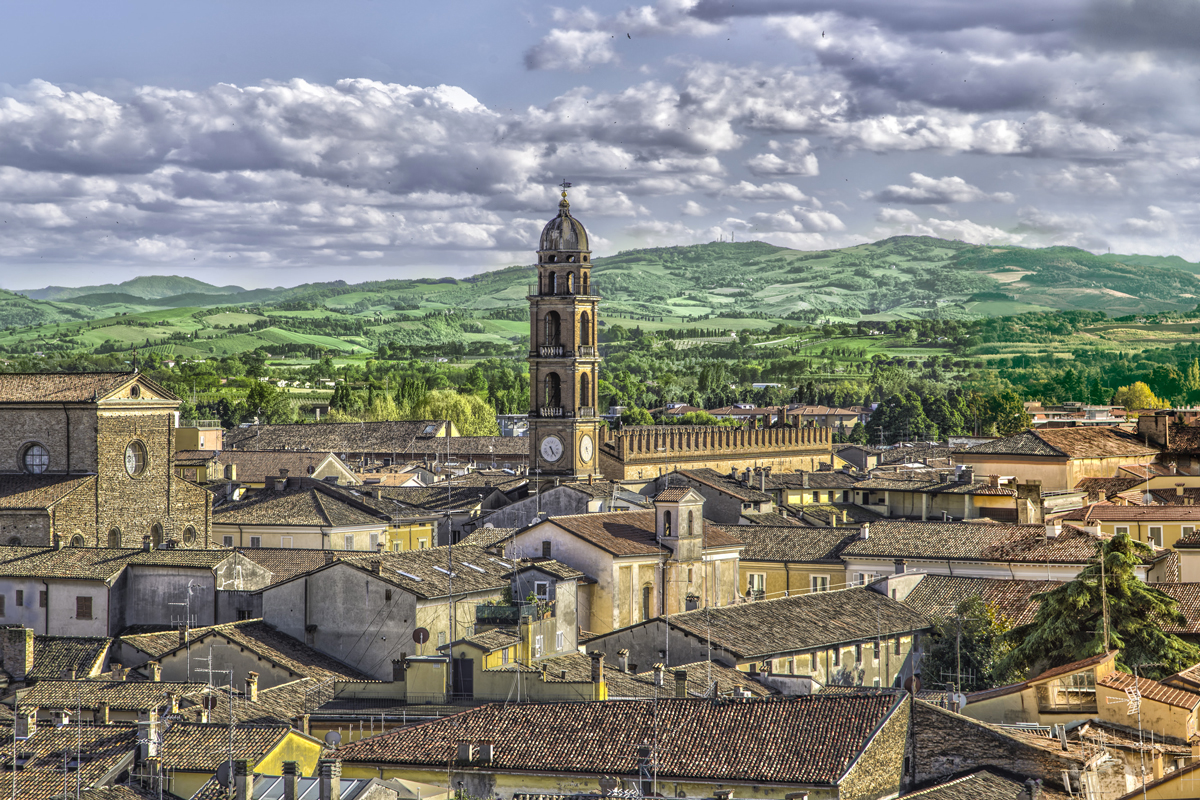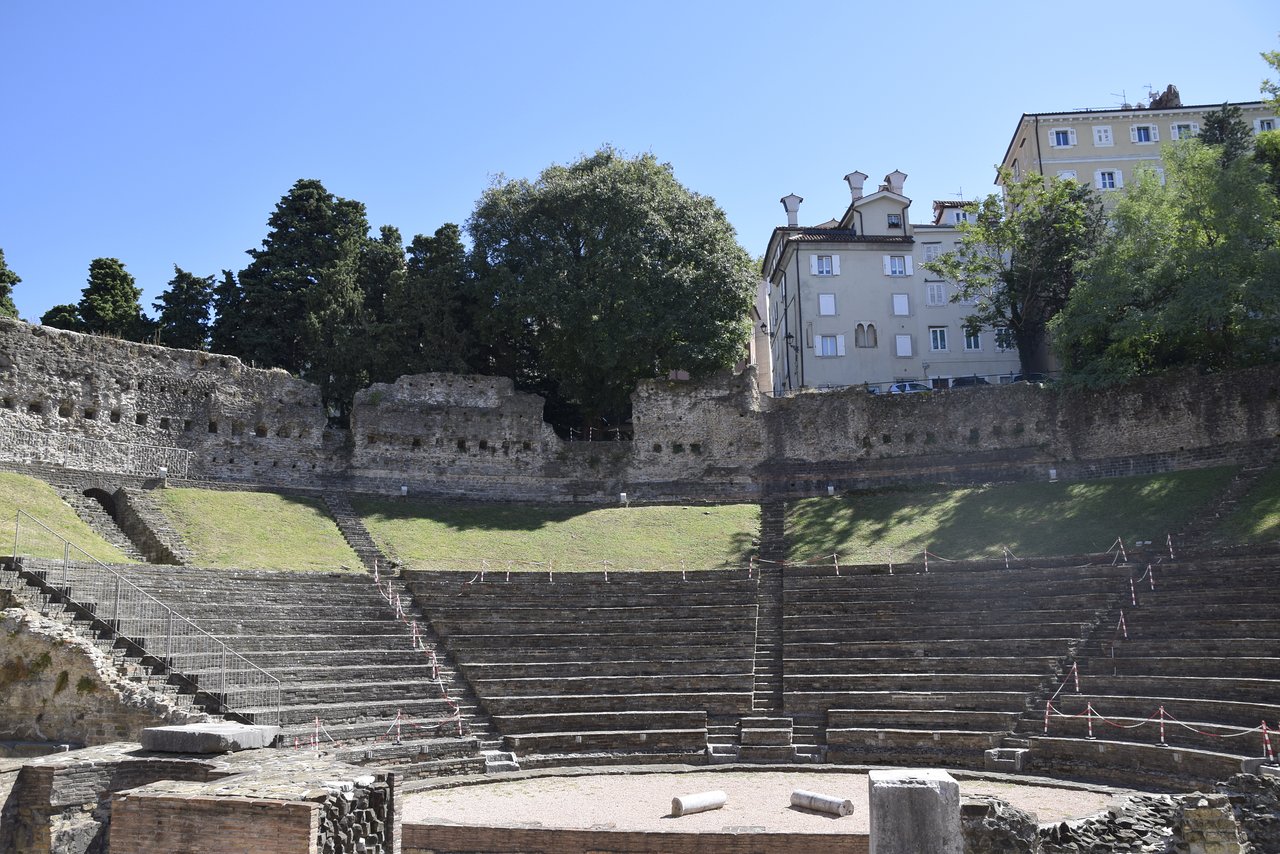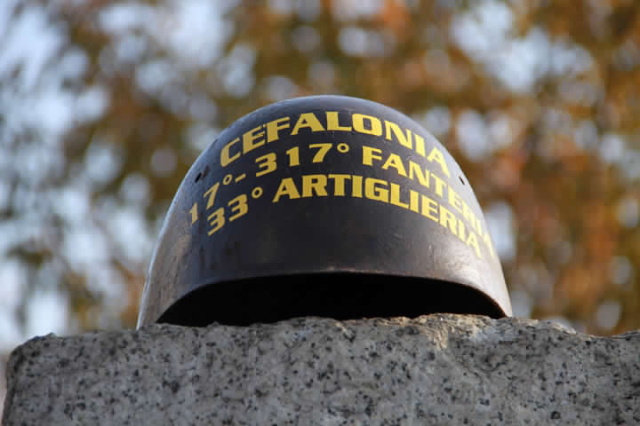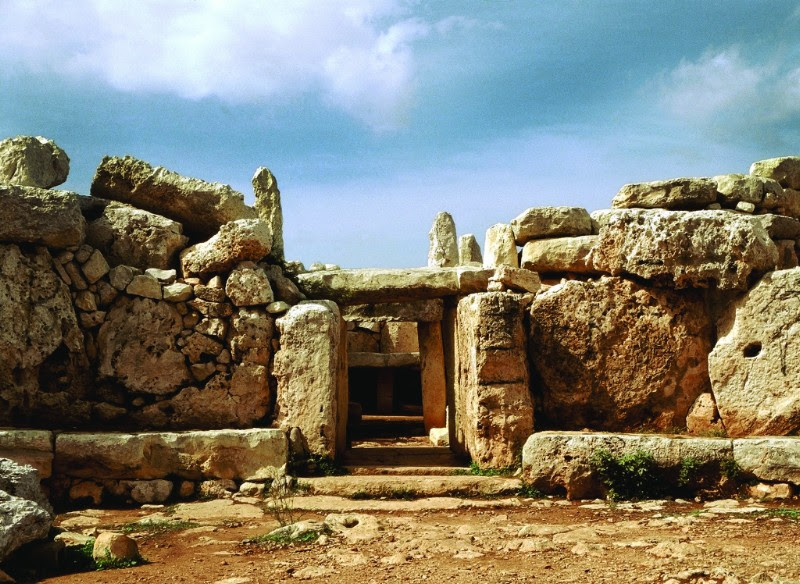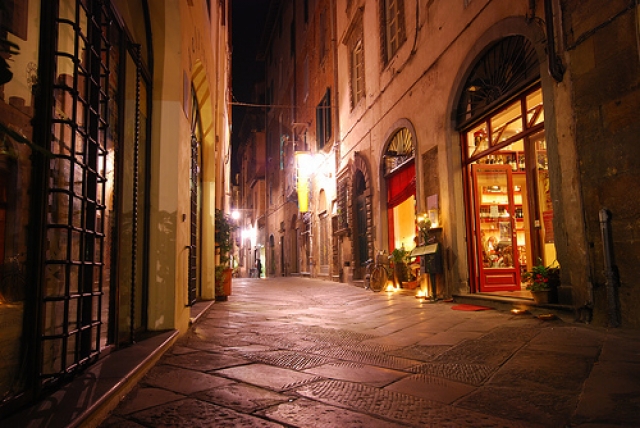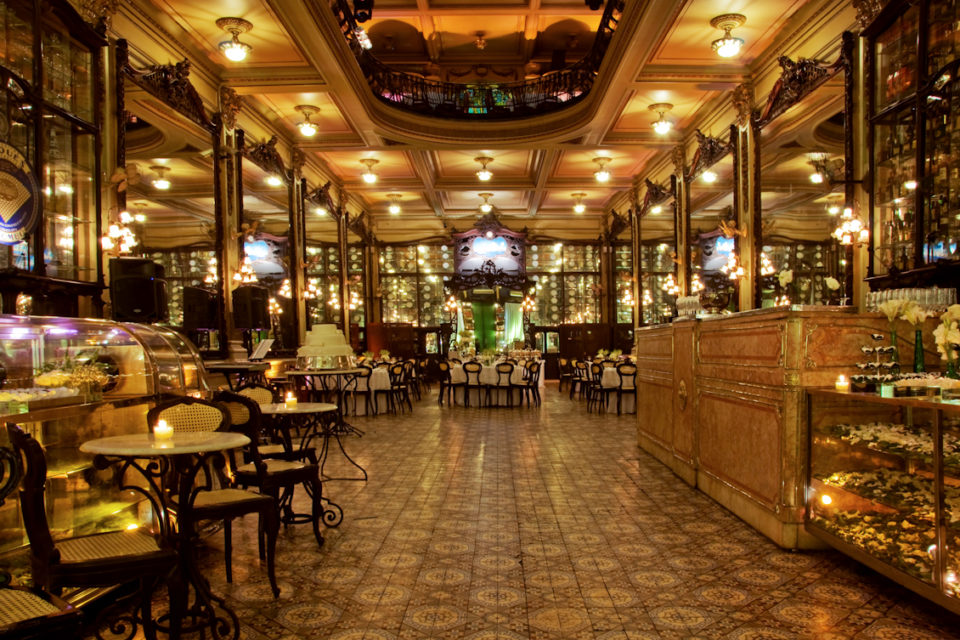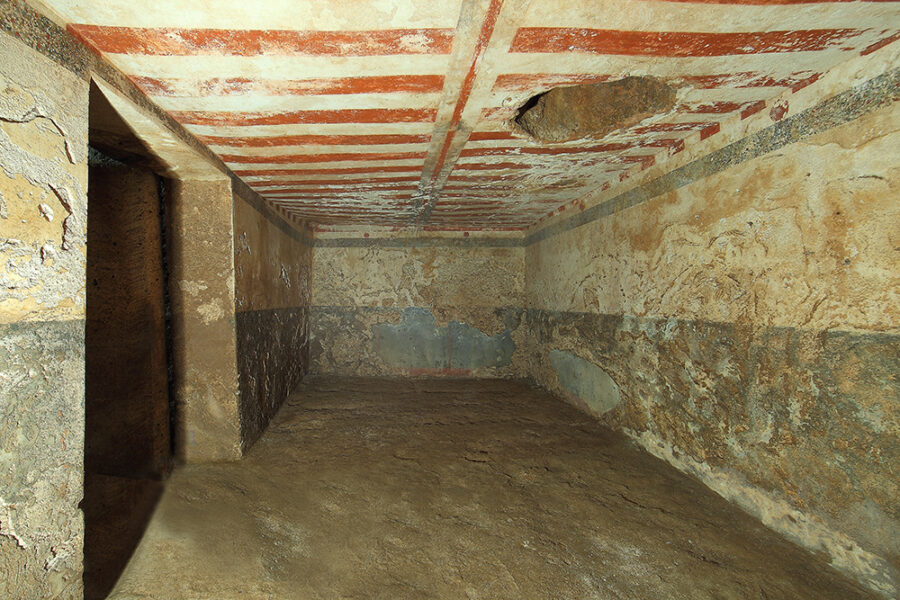Faenza was probably founded by the Romans in the 2nd century B.C. on a site already inhabited in prehistoric times.
Roman Faenza (Faventia) soon became the center of power, the site of trade and artisan workshops.
In the 8th century it was walled to defend itself from the Lombards, and in the early 12th century it passed from the feudal system to the municipal institution.
In the 14th century the Manfredi conquered the Seigniory of Faenza and held it for nearly two hundred years.
During this period the Palazzo del Popolo was enlarged and embellished, the cathedral built, and the city walls enlarged.
This is the period of Faenza’s greatest splendor and also the period of the development of ceramics, an element that will characterize the city’s economic and cultural life over the centuries.
The year 1501 marked the end of the Manfreda seigniory by the Valentine and a period of Venetian rule until 1509/10; after that Faenza passed under the rule of the papacy and remained there until the last decade of the 18th century, when Romagna, to the great joy and relief of the people of Faenza, was annexed to the Kingdom of Sardinia.
The twentieth century then marks a prosperous period for the city. Trade multiplied thanks to the construction of an important railway junction linking Faenza with the major commercial centers, and in addition, the Esposizione Torricelliana, a very important economic event, also visited by the king, was held, giving national notoriety to the city.
Today Faenza is rich in monuments and above all in an art, ceramics, that has made it famous throughout the world.
Over the centuries, ceramics has tied the city of Faenza to its name, so much so that Faenza (Faiance) throughout the world is synonymous with majolica, a tradition that continues uninterruptedly and still plays a major role in the city’s cultural and economic life.
